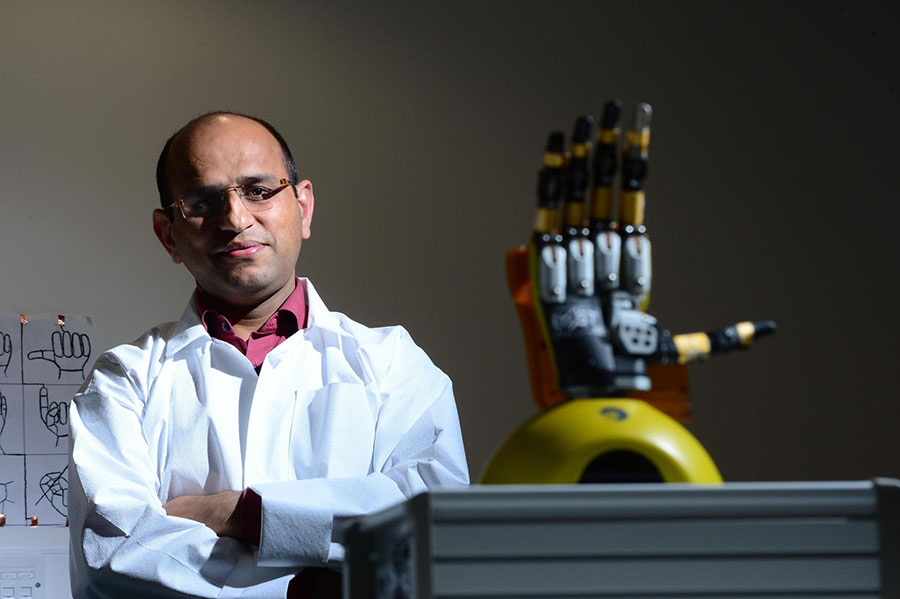Scientists from the University of Glasglow in Scotland announced that they are working on a new kind of prosthetic limbs with a solar-powered skin.
The research published in the Journal Advanced Functional Materials opens the possibility for transplants and robots to have a sense of touch, temperature, and texture.

Professor Ravinder Dahiya, the lead author of the study, said that with this new project, people using prosthetic hands wouldn’t need to use batteries because the sun would charge them. He explained that the prototype consists of a transparent sensitive layer of graphene and a photovoltaic cell underneath as a building block for energy autonomy. In this way, the solar light can be used as energy.
“The skin is sensitive to touch and pressure, so when you touch the skin there, you will know what point you are contacting and how much force you are applying,” Dahiya said, according to The Japan Times.
He also explained that the solar panel is located on the graphene surface that would work like body skin. For this, they are using solar energy instead of batteries because it can provide 15 times more energy than usually needed to power a prosthesis.
According to the study, energy autonomy is a critical feature that would enable better portability and longer operation periods. Dahiya thinks that this kind of prosthetic limbs could have a longer lifetime than the current prosthesis, which depends on batteries as a power source.
Graphene can be used to make cheaper prosthesis
The use of graphene represents an innovation in prosthetic limbs. Graphene is a layer of pure carbon atoms that are bonded together in a hexagonal honeycomb lattice, according to Graphenea.
Graphene is a strong, flexible, electrically conductive and transparent material. Carbon is the fourth most abundant element in the universe, so using it could be cheaper than using other elements.
This new graphene skin is environmentally friendly and relatively inexpensive, so they are developing a low-cost prosthetic hand using that would be equipped with the graphene skin.
He said that the price of this prosthesis would be around $350, thousands of dollars cheaper than battery-powered prosthetic hands.
Researchers are thinking about using this new prosthetic limbs not only in humans but robots as well.
“The technology could also increase the functionality of robots, allowing them to have a better understanding of what they touch and interact with and be less likely to make errors or injure humans,” said Dahiya to News Nation.
Source: Forbes
